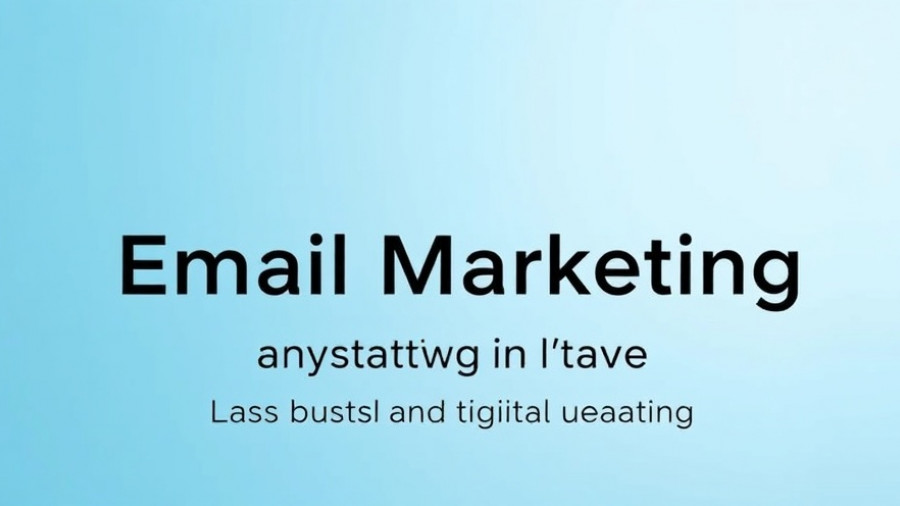
Unlocking the Power of Music: How It Shapes Consumer Choices
Have you ever walked into a store and noticed the background music? It’s not just there to fill silence—it can significantly influence what you choose to buy. Small business owners, in particular, can harness the psychology of music to strategically enhance customer experiences and ultimately drive sales.
The Science Behind Sound: Understanding Consumer Behavior
Research from the late 1990s and more recently in 2017 sheds light on how music dictates shopping habits. In an experiment, consumers were more likely to buy French wine when French accordion music played in the background—83% of buyers chose the French wines versus only 65% opting for German bottles when oom-pah music filled the air. What’s compelling is that despite music’s clear effect on their choices, shoppers didn’t attribute their decisions to the tunes playing at that moment.
Similar findings emerged at Montclair State University, where playing Italian music increased sales of Italian dishes. Such results affirm that music is more than an aesthetic choice; it can guide customer preferences and enhance the shopping atmosphere.
How Music Impacts Shopping Behavior
Digging deeper, we find four critical components of music that shape consumer behavior. These include tempo, volume, genre, and mode:
- Tempo: Slower tempos encourage buyers to linger longer in stores, resulting in more purchases. A study found that when slow music played, consumers spent 38% more.
- Volume: Softer music creates a calm environment, encouraging customers to remain in the store longer. In contrast, overly loud music can drive customers away.
- Genre: Different genres evoke distinct emotions. For instance, classical music can increase disposable income spent on luxury items, while upbeat pop might energize shoppers during sales.
- Mode: Music in a major key tends to create a happy, engaging atmosphere, whereas minor keys might evoke nostalgia and lead to unexpected spending patterns.
The Future of Retail: Tuning into Trends
As the retail landscape evolves, harnessing the psychological ties of music could offer businesses a competitive edge. Chipotle, for instance, skillfully adapts its music tempo based on peak hours to manage customer traffic, optimizing both service and satisfaction.
For small business owners, understanding and leveraging these musical strategies could enhance branding efforts and elevate customer experiences. Perhaps it’s time to rethink the playlists in your establishment—tuning into the emotional and psychological impact of music might just lead to that extra sale or returning customer!
Utilizing music effectively can help create an inviting environment and an enjoyable shopping experience. To explore more about implementing these strategies in your business, be sure to seek insights into music for marketing that resonates with your target audience. Adapt your approach with the right sound, and watch your sales soar!
 Add Row
Add Row  Add
Add 




Write A Comment